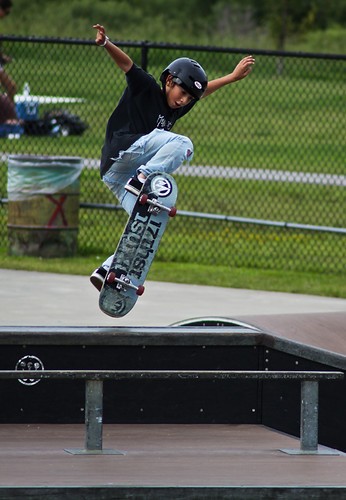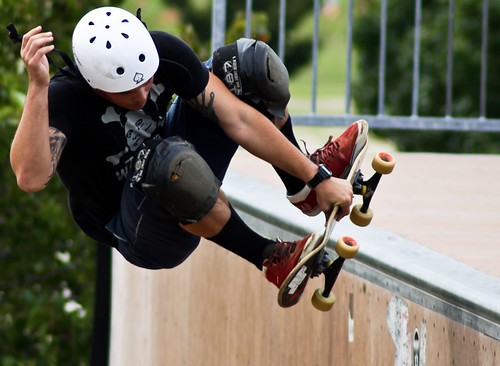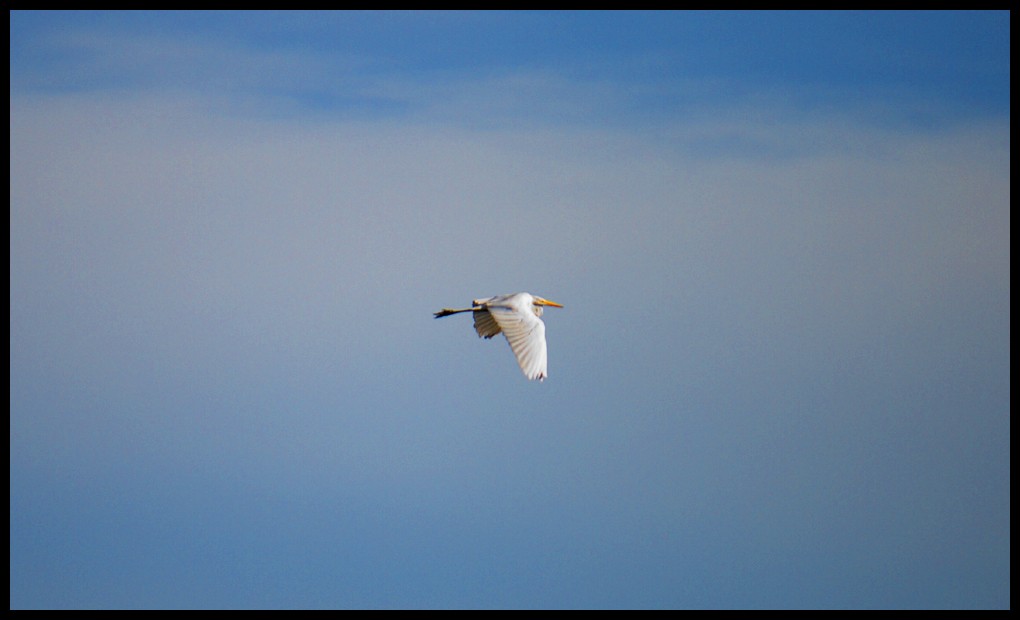yes, i understand, and i dont have as much experience shooting birds. i was speaking general for action. im sure birds are different and something i will get a chance to play with a lot here soon (the only birds i've found so far have been very uncooperative).
i just meant that from my experience thus far (which isnt much) with shooting random things here and there, that there's no hard rule saying you have to be at X shutter speed else the shot will fail. i think its completely variable, and is something that you will have to learn.
for him 1/200 was too slow. 1/1000 that you stated could be a starting point, but then again that may be too fast (under exposes the image and a slower shutter speed would have caught the same)...or maybe 1/8000 would have been needed. from where he froze the bird its really hard to tell if it was taking off or landing. taking off the bird would be slower, so a slower shutter speed could work. if the bird is landing they are generally moving a lot faster so that a faster shutter speed would be needed. thats all i was trying to say.

edit:
forgot to add too...
panning is yet another variable. if you lock speeds with a flying a bird (lets assume they are gliding and wings are fixed in place) you could probably get by a LOT slower (1/60-1/200) than if you just sit there with the camera static as the bird flies through your scene.












![[No title]](/data/xfmg/thumbnail/1/1592-cfae4a7ea791f96c6e2d03484be2e454.jpg?1734142210)




